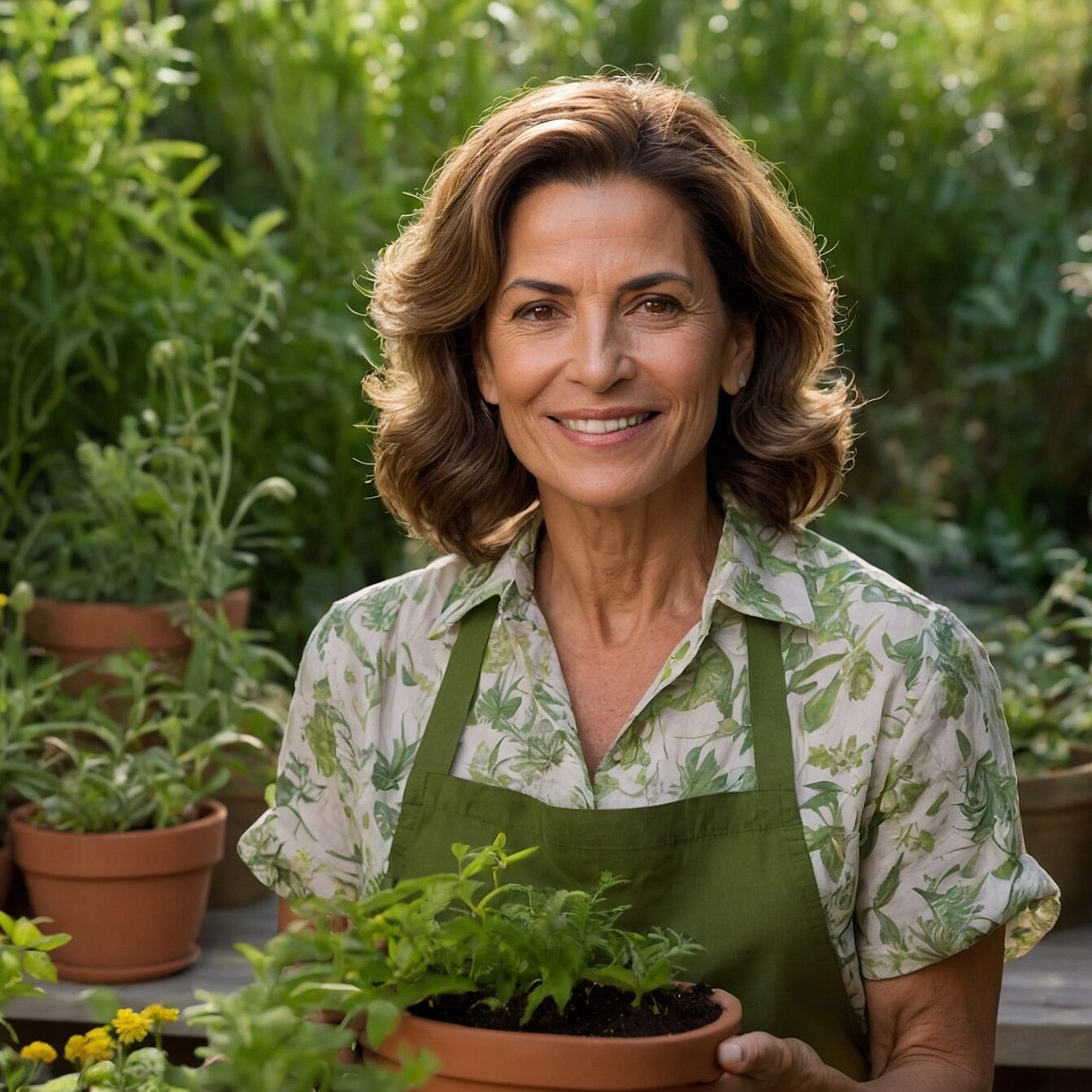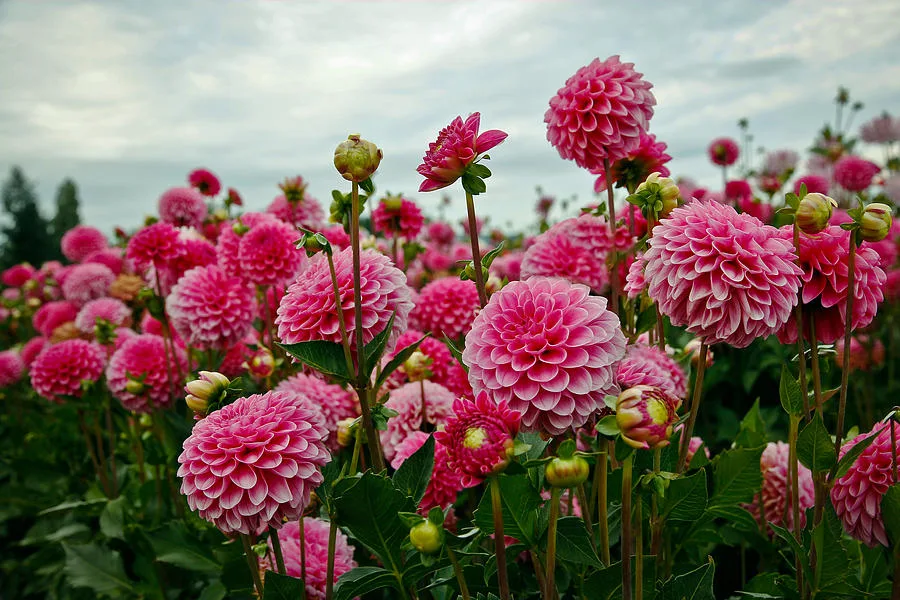Presentation
Dahlias are stunning, vibrant flowers that win admirers with their variety of colors and shapes. Originating in the mountainous regions of Central and South America, dahlias have won the hearts of gardeners and flower enthusiasts all over the world. Their scientific name, Dahlia, is a tribute to the Swedish botanist Anders Dahl, who made a significant contribution to botanical science in the 18th century.
index
Meaning
Dahlias have different symbolic meanings, depending on their color. In general, these flowers are associated with gratitude, elegance and the expression of love. Each shade of dahlia carries a unique message, from the fiery passion of red dahlias to the delicacy and purity of white dahlias. With their wide range of meanings, dahlias have the power to convey deep and subtle emotions through their magnificent petals, making them a popular choice for gifts and floral arrangements that speak directly to the heart.
| Botanical Name | Dahlia spp. |
| Family | Asteraceae |
| Plant Type | Perennial flower |
| Adult Size | Varies from 30 cm to 1.5 m |
| Sun exposure | Full sun to half shade |
| Soil type | Well-drained, fertile |
| soil pH | Neutral to slightly acidic (6.0 – 7.0) |
| Flowering time | Spring to fall |
| Flower color | Various colors and shades |
| Native Area | Central and South America |
| Toxicity | May cause skin irritation, not safe for human consumption |
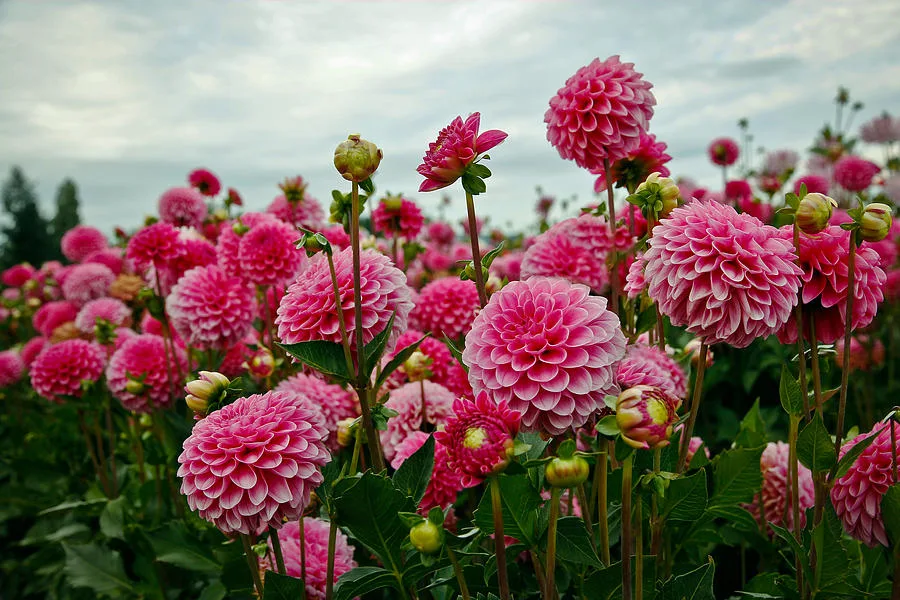
How to care for Dahlias
Ensuring that your dahlias bloom in all their splendor requires careful attention to lighting, soil, irrigation, temperature and humidity, as well as proper fertilization.
Light
- Dahlias thrive in places with full sun or at least 6 hours of direct sunlight a day.
- Choose a location that offers this sun exposure to ensure vibrant flowering.
Soil
- The ideal soil is well-drained and fertile.
- Prepare the soil with organic matter before planting to provide the necessary nutrients.
Irrigation
- Keep the soil moist, but avoid waterlogging.
- Water regularly, especially during periods of intense heat.
Temperature and humidity
- Dahlias are sensitive to frost. Plant them after the threat of frost has passed.
- They prefer temperatures between 15°C and 24°C.
- Maintain adequate humidity, avoiding over- or under-watering.
Fertilizing
- Use a balanced fertilizer to promote healthy growth and lush flowers.
- Apply fertilizer every 4-6 weeks during the growing season.
By following this care carefully, you will be providing the perfect environment for your dahlias to bloom in a riot of color and enchantment.
Types of Dahlias
Dahlias offer a rich variety of types and varieties, each with unique characteristics that captivate flower admirers. Below is a list of the most common types of dahlias, each with its own unique beauty:
- Cactus Dahlias: With thin, pointed petals, they resemble the petals of a cactus. They can have intense, vibrant colors.
- Decorative Dahlias: These have full petals, often in the shape of roses. They are ideal for floral arrangements.
- Anemone Dahlias: These are characterized by a flattened center and petals around this center, creating an anemone-like effect.
- Colarette Dahlias: They have an outer row of larger petals and an inner row of smaller petals, creating a necklace effect.
- Peony Dahlias: Similar to peonies, they have abundant and complete petals that resemble a peony flower.
- Pompon Dahlias: These are small and compact, with densely arranged petals, creating a pompom-like appearance.
- Orchid Dahlias: With narrow, pointed petals, they resemble orchid flowers.
- Waterlily Dahlias: With soft, flat petals, they resemble the petals of a water lily flower.
- Giant Dahlias: Similar to decorative dahlias, but with larger, imposing flowers.
- Bicolored Dahlias: They have two different colors on their petals, creating a contrasting and captivating look.
This diversity of Dahlia types allows gardeners to choose the ones they like best and create spectacular compositions in theirgardens and flower arrangements.
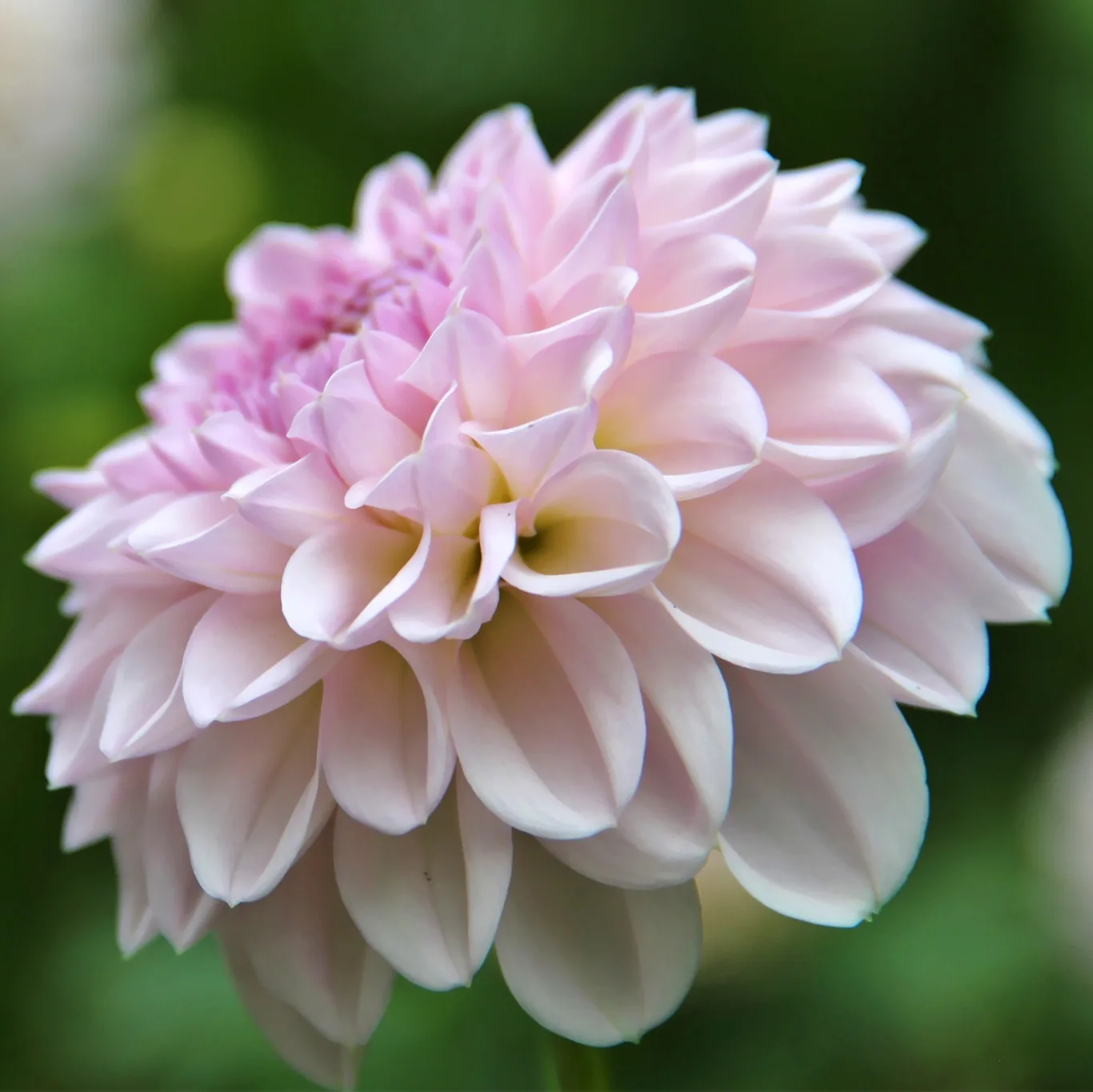
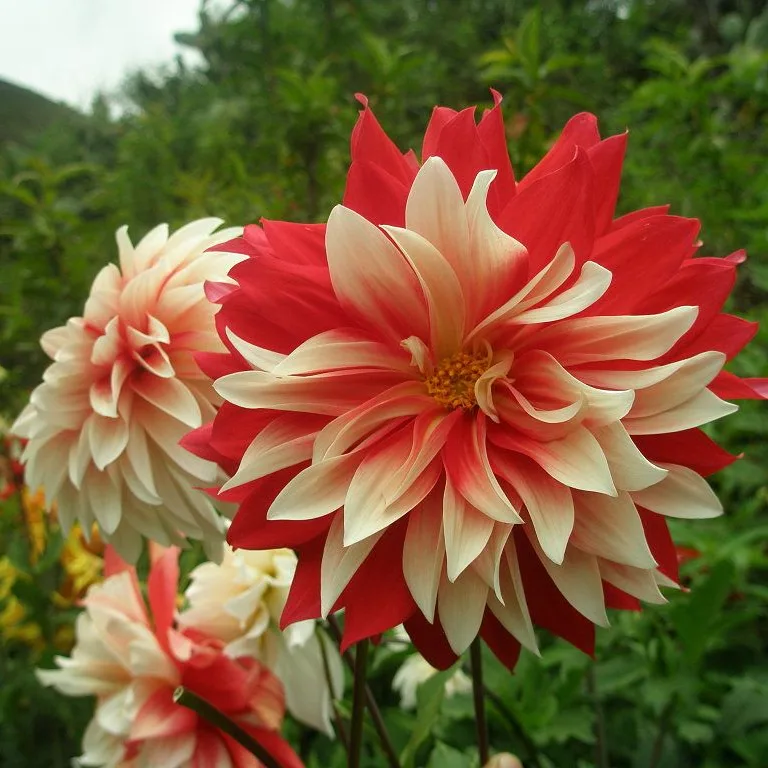
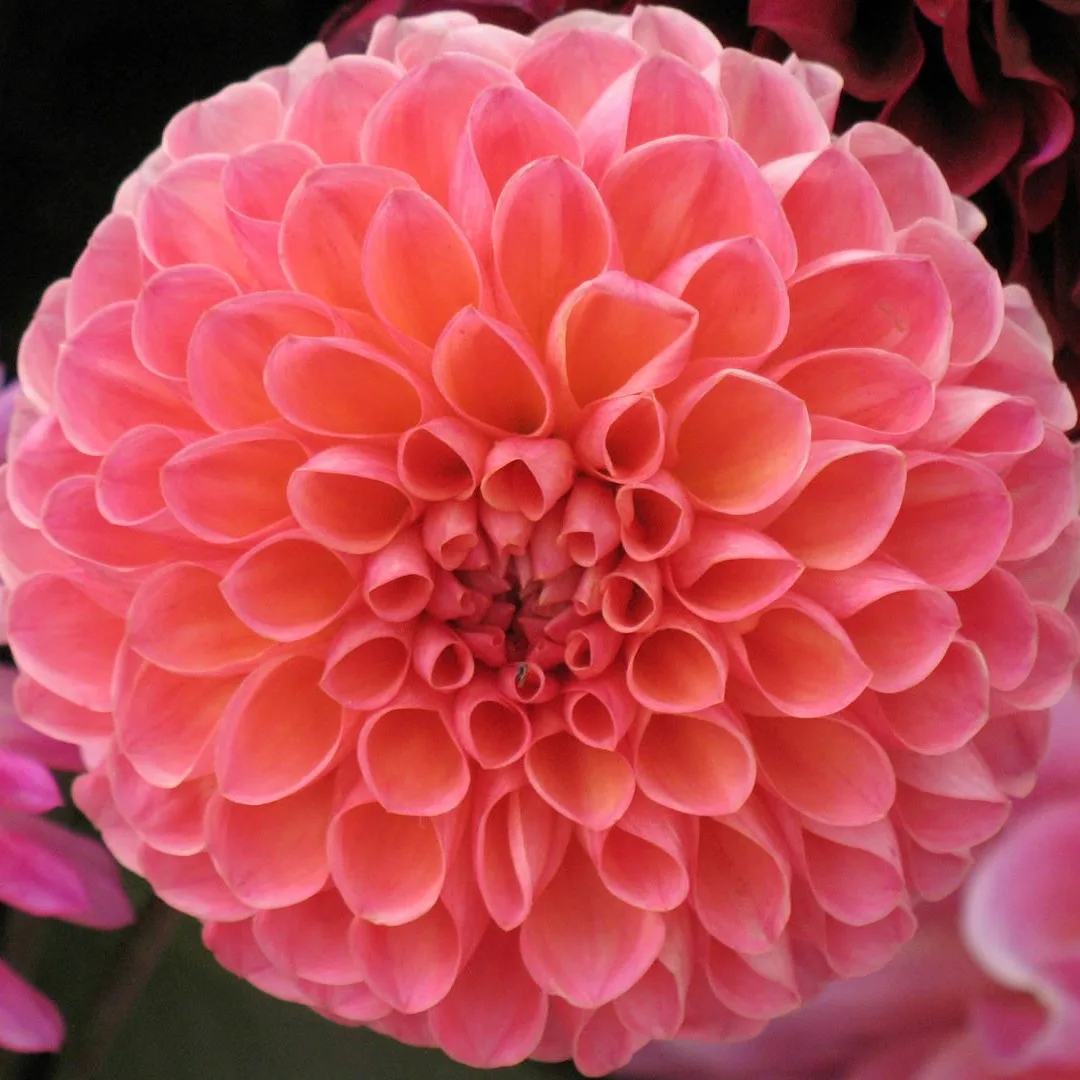
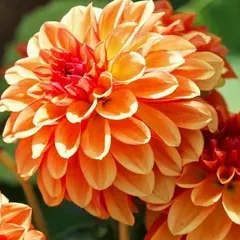
How to prune Dahlias
Pruning is an essential stage in the cultivation of dahlias, contributing to healthy growth, stimulating flowering and keeping the plant looking elegant. Here, we’ll explore the importance of pruning, proper techniques and propagation methods.
The importance of pruning
Pruning plays a crucial role in the cultivation of dahlias, offering the following benefits:
- Stimulates Flowering: By removing wilted flowers and dead leaves, the plant directs its energy towards producing new flower buds.
- Promotes Branching: Proper pruning results in more branched growth, which leads to more flowers.
- Controls Size: By pruning, you can control the height of the plant and prevent it from growing excessively.
Pruning techniques
- Pruning wilted flowers: Remove wilted flowers as soon as they start to lose vitality. Cut the stems above the first set of healthy leaves.
- Pruning spent flowers: Cut off spent flowers and short stems to encourage the formation of new flowers.
- Branching pruning: To promote branching, cut the side shoots above the second set of leaves.
Propagation methods
Dahlias can be propagated by:
- Tuber division: During the dormant period, divide the tubers into pieces, making sure that each piece has at least one sprout.
- Cuttings: Cut cuttings from healthy stems, remove the lower leaves and plant them in moist soil until they take root.
How to Plant Dahlia Step by Step
- Choose a sunny spot with well-drained soil.
- Plant the tubers at a depth of around 10 to 15 cm.
- Keep the soil moist, but avoid waterlogging.
- Add balanced fertilizer during growth.
- Prune as necessary to promote healthy growth and lush flowering.
Now that you understand the importance of pruning, propagation methods and the steps for proper planting, you’re ready to grow and enjoy the beautiful Dahlia flowers.
Most common pests and diseases
- Aphids: Small insects that feed on the plant’s sap, causing curled and yellowed leaves.
- Mites: Microscopic insects that suck the sap, causing spots and deformities on the leaves.
- Slugs and snails: Can devour leaves and flowers at night, leaving sticky trails.
- Rust: Fungus that appears as orange spots on the leaves.
- Mildew: Fungus that causes white spots on the leaves.
Common problems and solutions
- Yellow leaves: Could be a lack of nutrients. Apply nitrogen-rich fertilizer.
- Wilting: Sign of waterlogged soil. Improve drainage.
- Small flowers: Lack of sunlight. Move the plant to a sunnier spot.
- Spotted Leaves: Could be a fungal infection. Remove the affected leaves and apply fungicide.
Advanced Care and Maintenance Tips
- Budthinning: Remove some buds to allow others to grow and flower fully.
- Shoot thinning: Remove side shoots to encourage vertical growth.
- Thinning Flowers: If there are too many flowers on a stem, remove some to give space and energy to the others.
By being aware of these challenges and implementing appropriate solutions, you will ensure that your dahlias remain healthy and lush. With these advanced maintenance tips, you’ll be prepared to face any obstacle and enjoy a garden full of color and life.

Curiosities about Dahlias
- Dahlias were named after the Swedish botanist Anders Dahl.
- There are more than 40 different species of Dahlias, each with its own unique colors and shapes.
- In Mexico, Dahlias are known as the “flowers of death” and are often used in Day of the Dead celebrations.
- Dahlia flowers are edible and can be used to decorate dishes or make tea.
Myths and meanings
- Myth: Night Flowers: There is a myth that Dahlias bloom at night, which is not true. They bloom during the day and close up at night.
- Meaning: Elegance and Dignity: Dahlias are often associated with meanings of elegance, dignity and grace, making them popular gifts for special occasions.
- Myth: The Curse of Dahlias: In some cultures, there is a myth that giving Dahlias as a gift brings bad luck. However, this belief is unfounded and Dahlias are appreciated for their beauty.
Discovering the Beauty and Mystery of Dahlias
As we explore the curiosities and unravel the myths surrounding Dahlias, we get even closer to the cultural richness and magic that these flowers bring. Their different colors, shapes and meanings reflect the diversity of nature and invite us to appreciate the beauty that is all around us.
Conclusion
Throughout this comprehensive guide to Dahlias, we’ve delved into all the fascinating aspects of these enchanting flowers. From their presentation and significance to essential care, types, pruning and even myths and curiosities, we’ve explored every detail so that you can cultivate and fully appreciate the beauty of Dahlias.
You are now armed with the knowledge you need to care for, propagate and enjoy your Dahlias in an effective and rewarding way. Remember that even with their peculiarities and challenges, Dahlias will reward your efforts with a dazzling display of colors and shapes. So go ahead, put everything you’ve learned into practice and create a garden full of life and charm with wonderful Dahlias.
Frequently Asked Questions
What month does the dahlia bloom?
The dahlia blooms especially during the summer and fall months.
What are the types of dahlia?
There are different types of Dahlias, including cactus, decorative, anemone, pompom and many others, each with its own unique characteristics.
What is the meaning of the dahlia flower?
The Dahlia is associated with meanings such as elegance, dignity, inner beauty and strength, making it a popular choice for gifting on various occasions.
